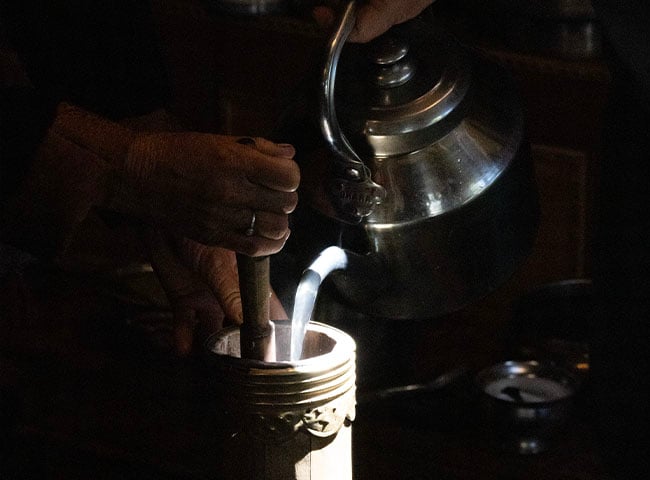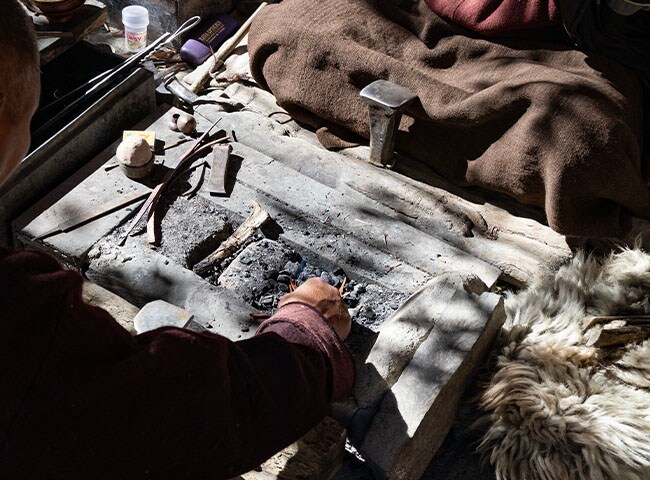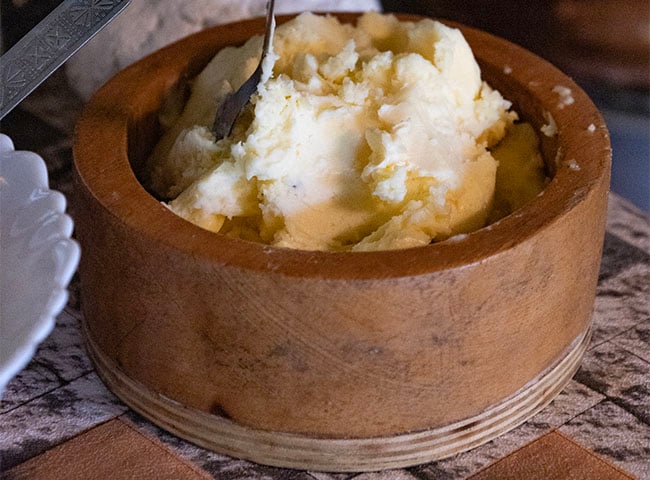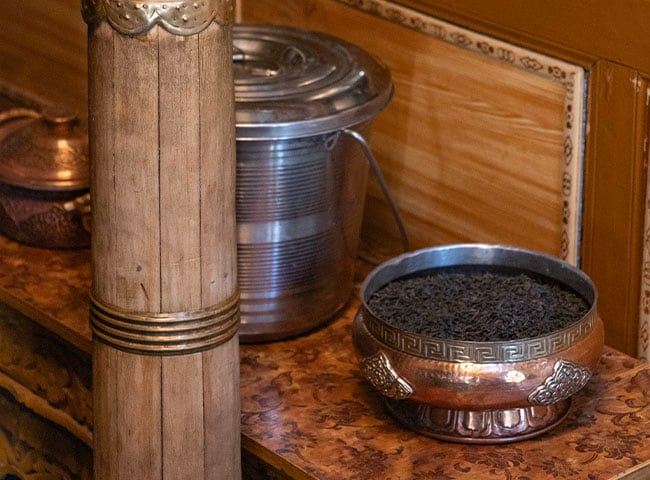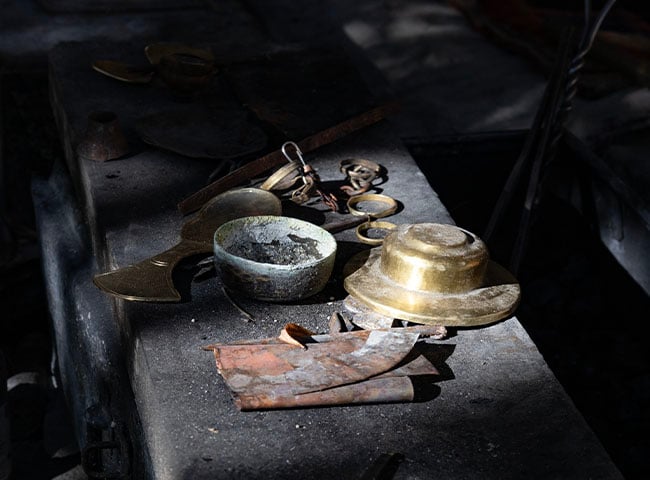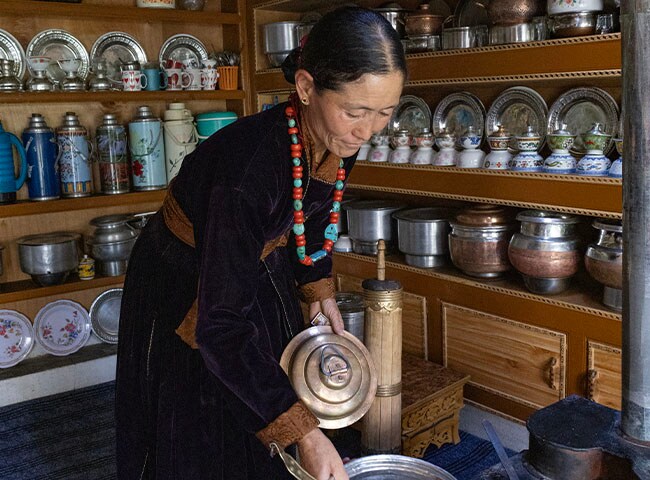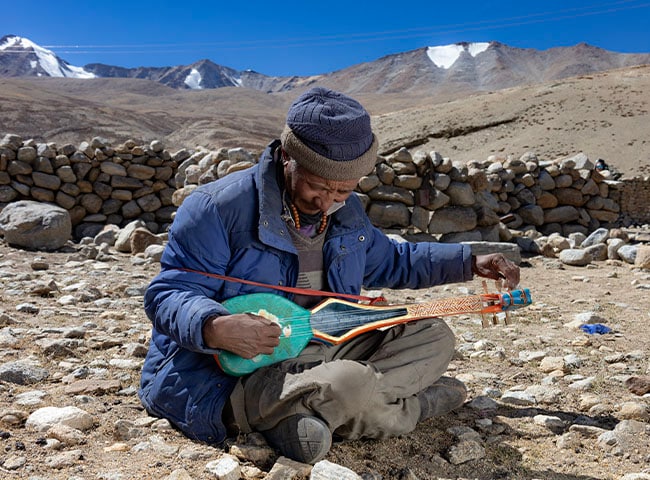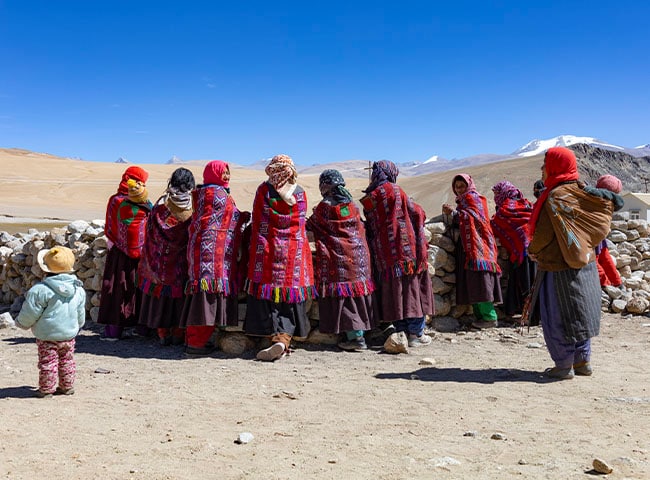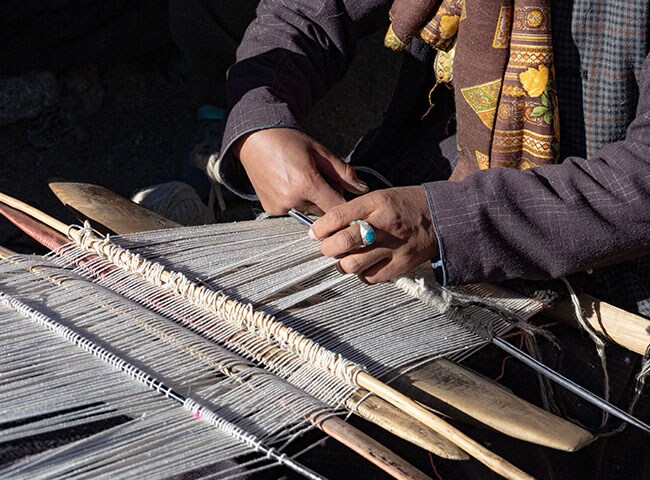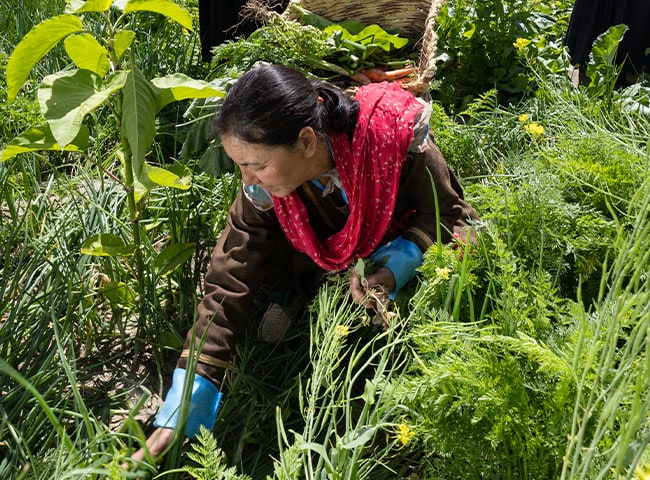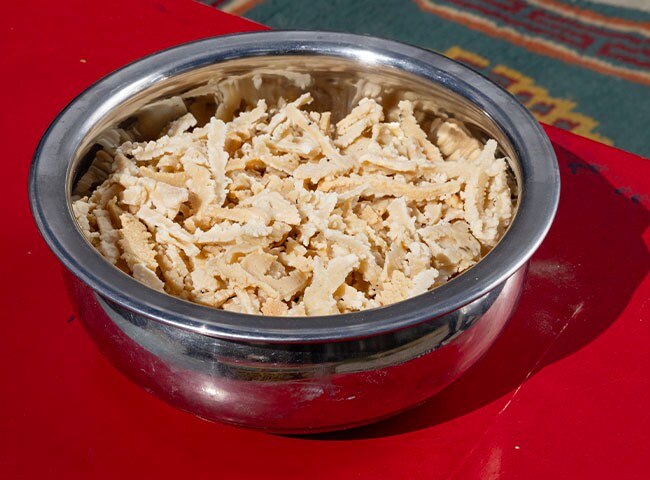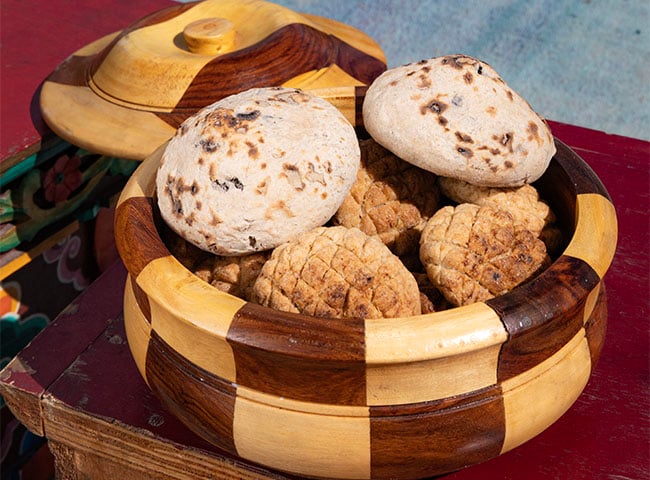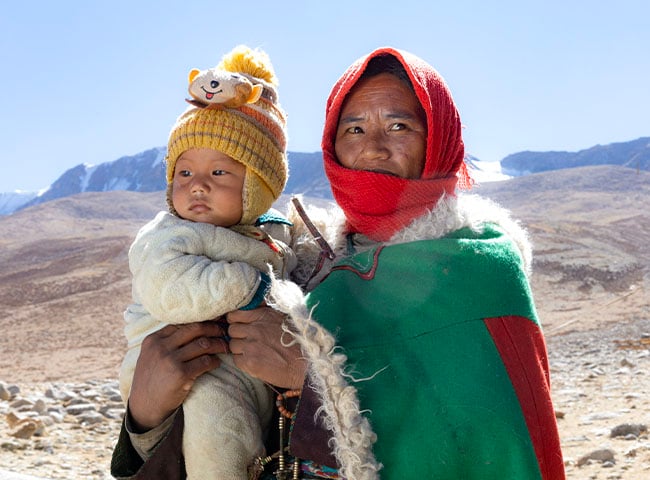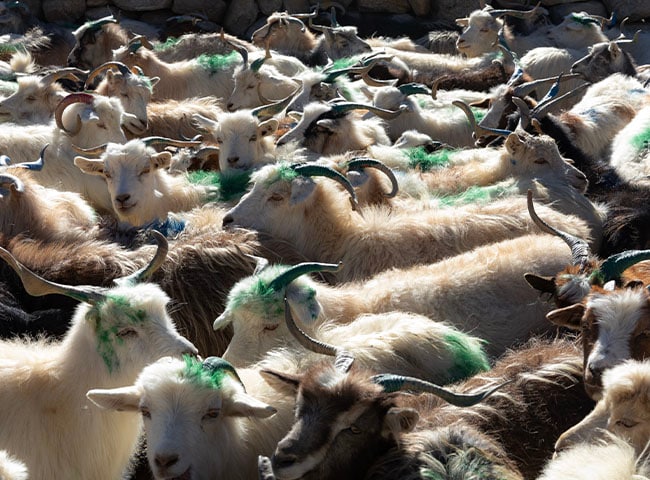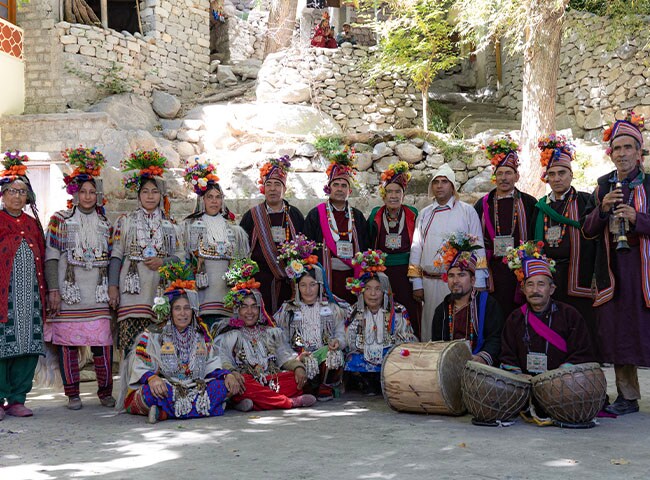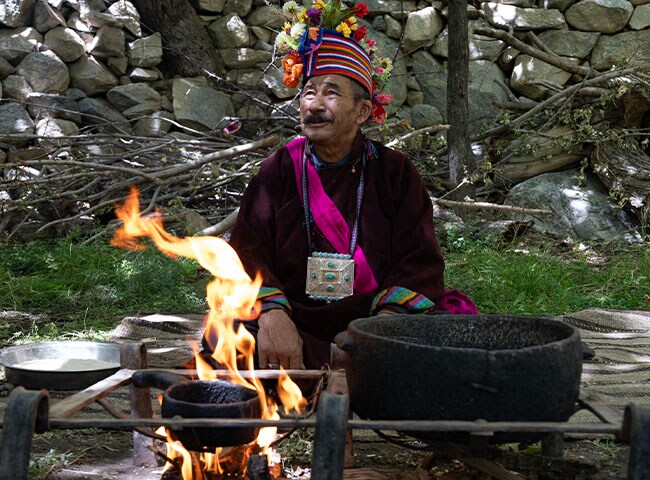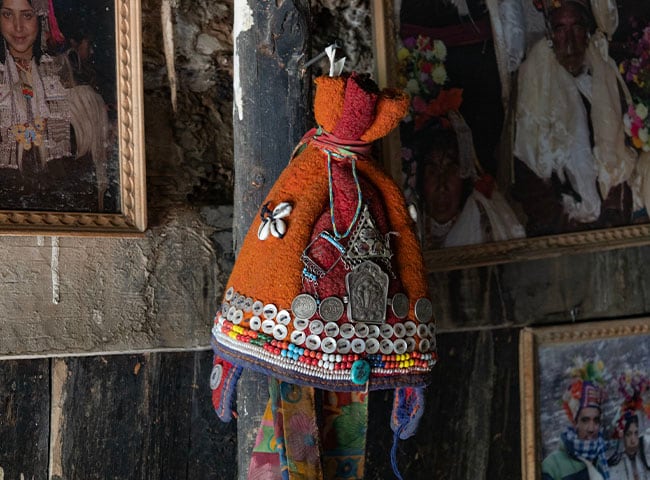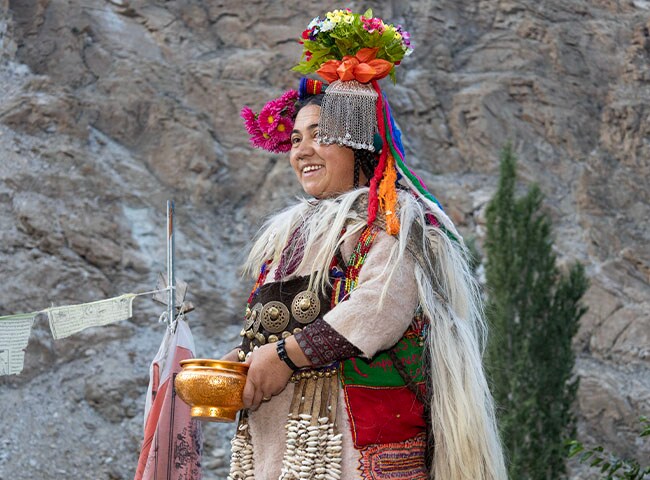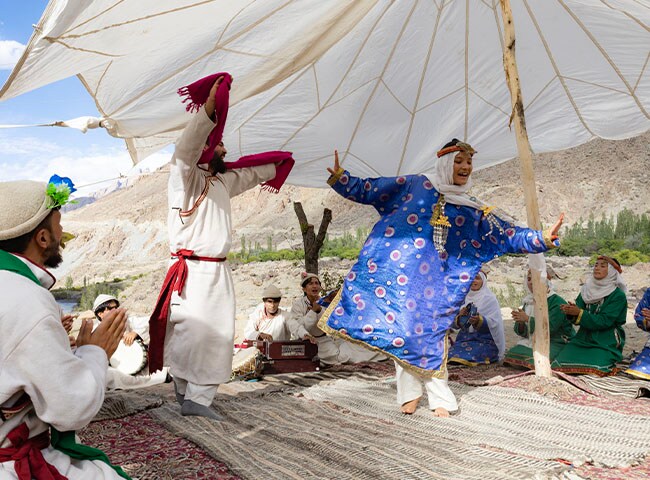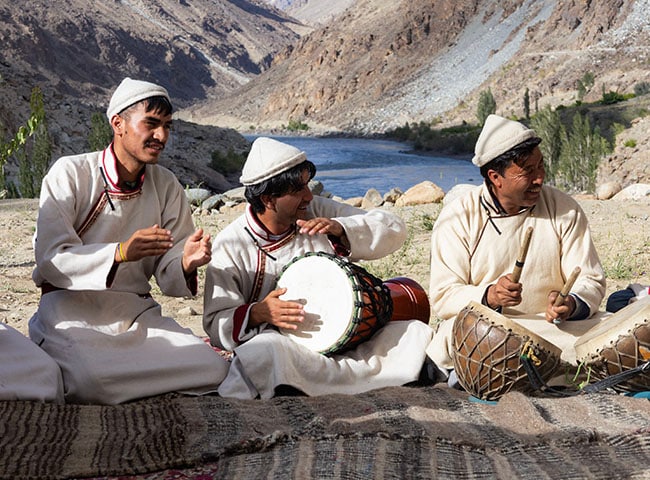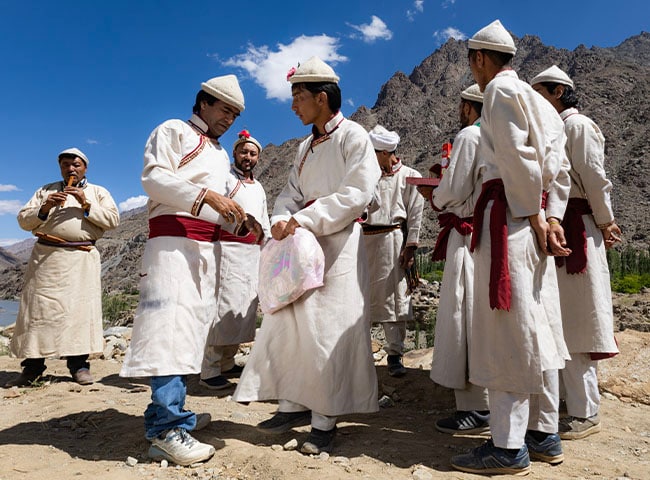
UNESCO and Royal Enfield joined hands in 2022 to discover, document and promote the Intangible Cultural Heritage (ICH) of India — a journey that began in the Himalayas with “The Great Himalayan Exploration”.
According to UNESCO, the ICH of a country can be defined as “practices, representations, expressions, knowledge, and skills that communities, groups and, in some cases, individuals, recognise as part of their cultural heritage.” With this project, we invite you to ride along and experience the culturally charged atmosphere of pristine lands as we navigate our way around their wealth of ICH practices. The collaborative effort aims to be a platform for the Himalayan communities to tell their own stories and create an alternative repository for their living and intangible legacies — some of which may soon be lost in the face of modernity.
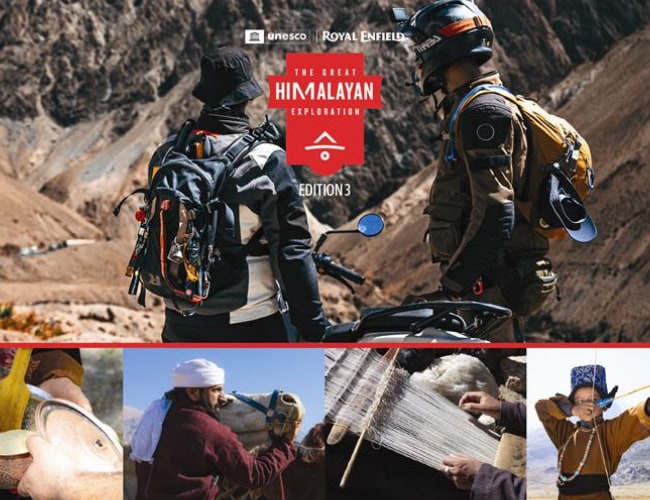
A remarkable group of rider-researchers set off for the third edition of The Great Himalayan Exploration—an initiative by Royal Enfield Social Mission in partnership with UNESCO—on a one-of-a-kind motorcycle expedition across the Western Himalayas to safeguard and document the living heritage of Ladakh.
Buddhist chanting in Hemis, Archery in Zangla, Pottery in Likir, Bactrian camels in Hunder, the Brokpas of Garkon, and the rearing of Changthangi goats in Nyoma—each stop unveils a story, a tradition, a way of life. Trace their incredible journey as they uncover Ladakh’s rich Intangible Cultural Heritage (ICH), on JioHotstar and National Geographic TV, premiering June 21, 2025.
We invite you to be a part of this journey, engage with the Himalayan communities, and document their Intangible Cultural Heritage (ICH) practices for UNESCO and Royal Enfield. Post your details with us and we will be in touch to share our screening process. Participate today and get a chance to work from the mountains, for the mountains.





















